StarRescue
Published: Summer Research Project, 2021
My Role: Team Leader, Designer, Unity developer
Responsibility:
- Literature review and conceptualization
- Visual design
- Game development with Unity
Keywords: Digital Health, Game Design, Neurodiversity

“Ball movement can make children willingly wait for their turn!” – a mother of an autistic child
Introduction
- Turn-taking is essential for autistic children to develop social skills [3].
- Visual support from computational technologies can present the structure and routine that children need to understand abstract information [2].
We proposed to visualize the turn-taking process in the game StarRescue to improve social behaviors for children with high-functioning autism.
RQ1. What feedback do parents and teachers have on the effectiveness of StarRescue in improving the social behavior of children with HFA?
RQ2. What are the design insights of StarRescue for improving children’s social behaviors with HFA?
Design Objectives
The development of our collaborative tablet-based game that would engage and encourage HFA children to improve their collaboration skills, especially turn-taking, was guided by three objectives: 1. to support HFA children in learning to collaborate in a turn-taking manner 2. to enable players to learn to interact with others while completing their own tasks 3. to reinforce good social behaviors and encourage continued learning.
Design process
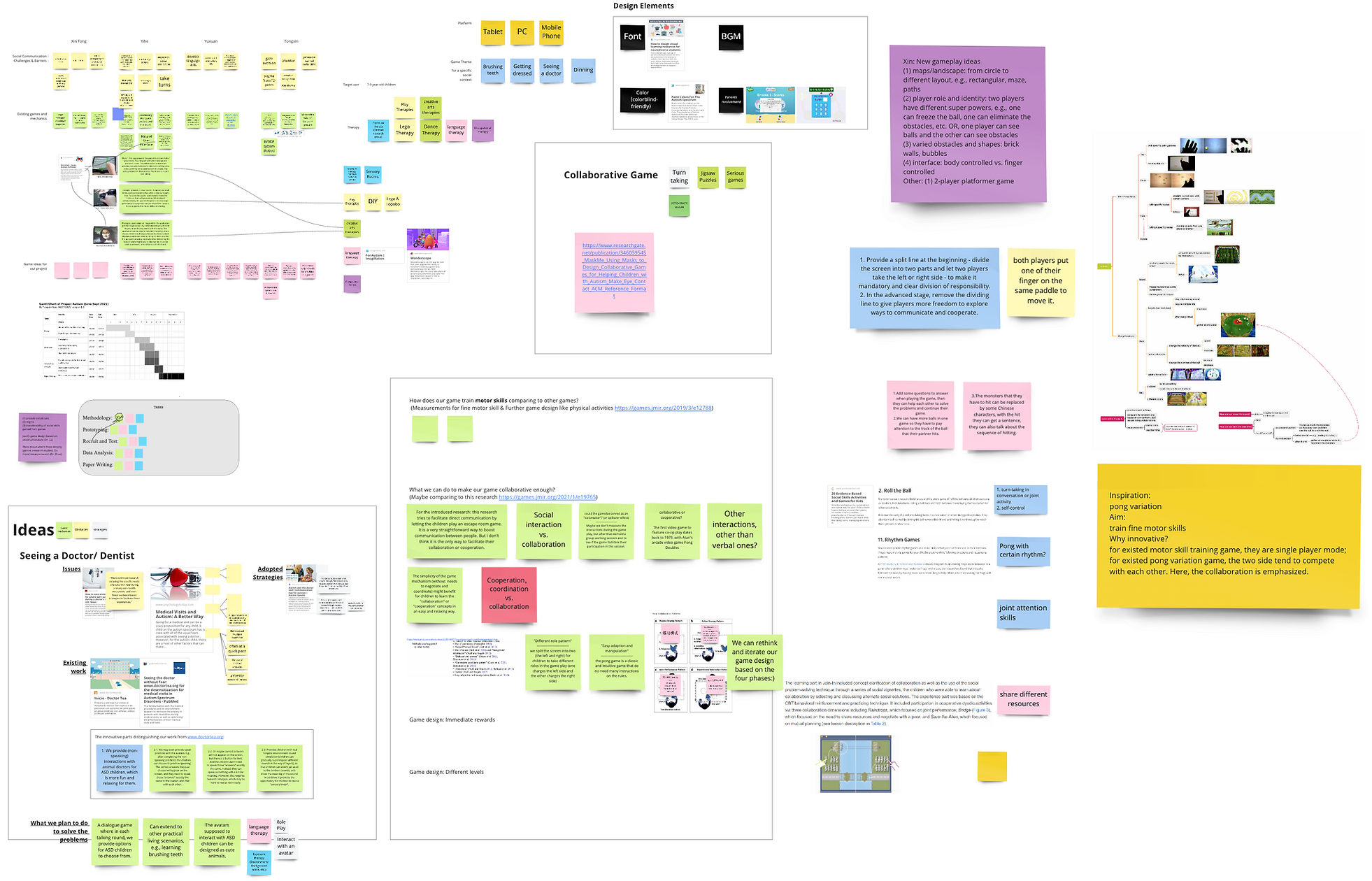
ideation - group brainstroming
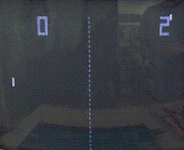 | 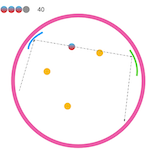 | 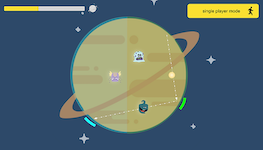 |
the iteration process of StarRescue
The Game Design of StarRescue
Levels Progression
We combined and tailored Collaborative Patterns [1] with Collaboration Patterns [4] and formulated a new four-stage conceptual model of collaboration to guide our design of the four-level difficulties.
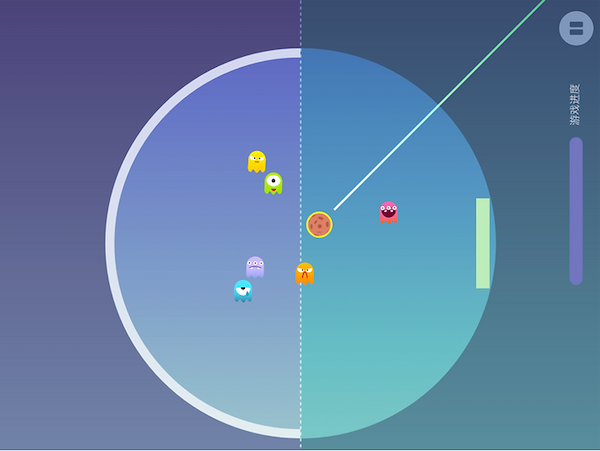 | Practice Mode - Build Self-Confidence - familiarize the children with their tasks and build confidence when performing a task in front of a partner. - allowed players to practice individually, supporting self-directed learning |
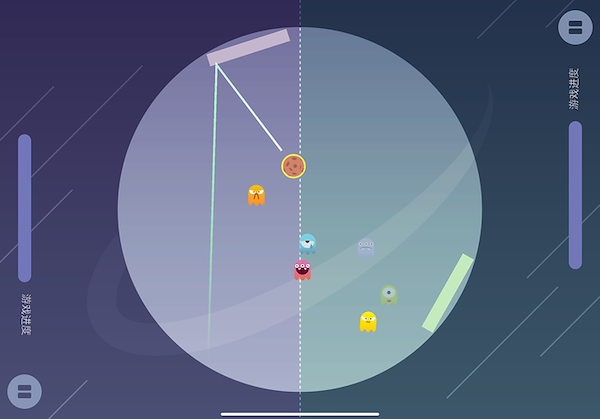 | Level 1 - Understand Responsibility - introduces the role of the partner - clarifies the scope of player responsibilities |
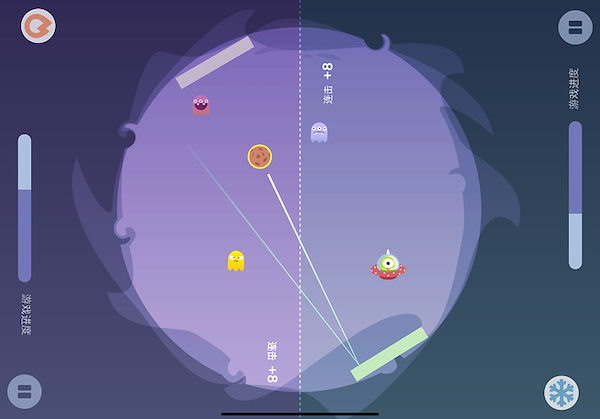 | Level 2 - Unitizing Unique Functionalities - aware of the necessity of each other’s participation - assign different functionalities (superpowers) |
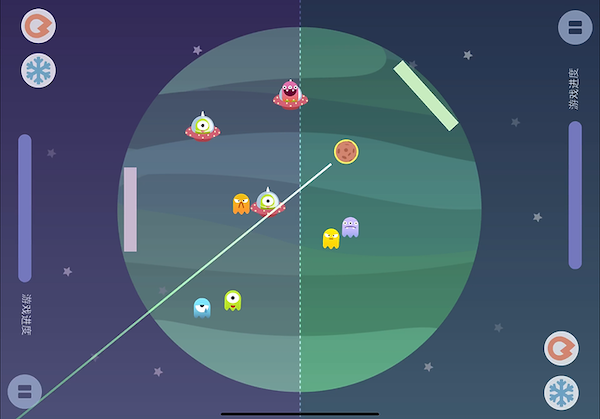 | Level 3 - Free Collaboration - encourages children to freely explore different ways of collaborating with their partners |
Game Mechanism & Characters
We have two types of monsters.
 |  |
| normal monsters (always keep still) | attack 3 times to eliminate |
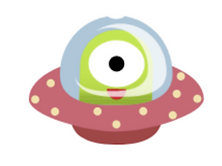 |  |
| flying monster (flying around in a spaceship) | use the frozen ball to stop moving, and then fireball to destroy (use superpowers) |
Reward System
Players receive a reward when they can successfully take turns bouncing the balls.
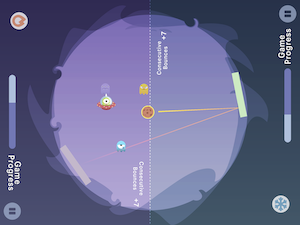 | 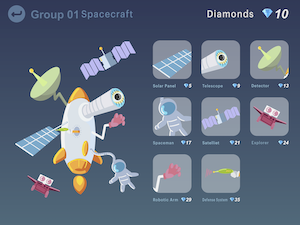 |
The reward system has a twofold benefit:
- Get a sense of achievement
- Symbolize one’s membership in the group
Study Method

Initial Findings
- Ball movement can make children willingly wait for their turn and augment turn-taking
- In-game interaction can draw children’s attention to people
- In-game reinforcements can encourage children to play
- Tablets can be a feasible intervention device
Take a look at our Full Demo video.
Interested in learning more? We published our Work-In-Progress on CHI Play 2022.
Reference
[1] Leonardo Giusti, Massimo Zancanaro, Eynat Gal, and Patrice L. (Tamar) Weiss. (2011). Dimensions of Collaboration on a Tabletop Interface for Children with Autism Spectrum Disorder.
[2] Gillian R. Hayes, Sen Hirano, Gabriela Marcu, Mohamad Monibi, David H. Nguyen, and Michael Yeganyan. (2010). Interactive visual supports for children with autism.
[3] J. Nadel. (2004). Early imitation and the emergence of a sense of agency.
[4] Greis Silva-Calpa, Alberto Raposo, and Maryse Suplino. (2014). Exploring Collaboration Patterns in a Multitouch Game to Encourage Social Interaction and Collaboration Among Users with Autism Spectrum Disorder.
